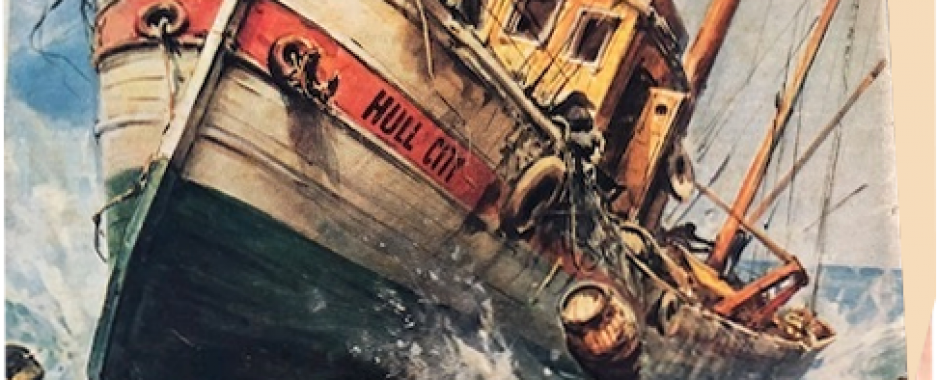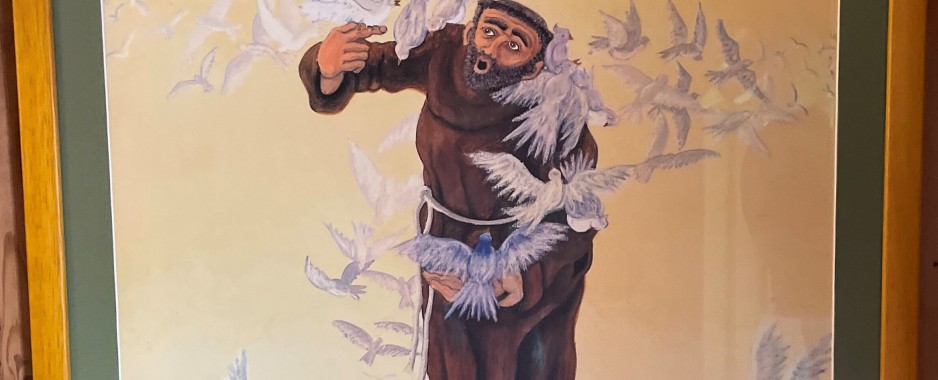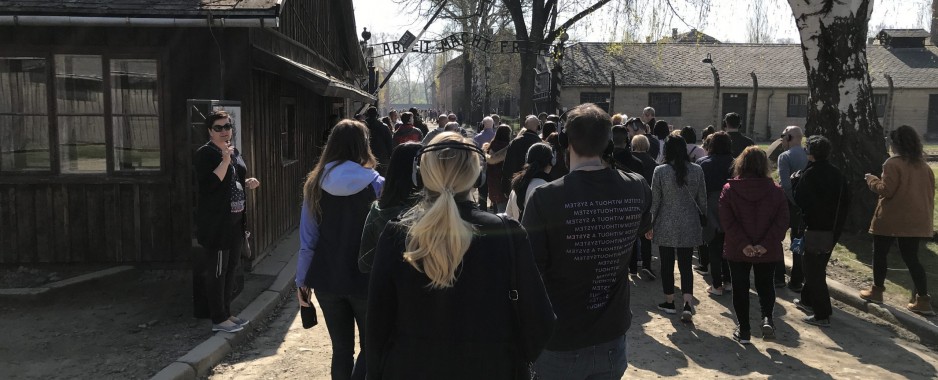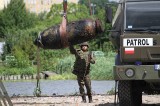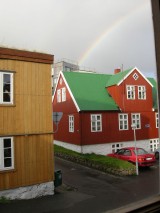Gransking View all
Læran frá Grummu Grimhild
Fyri nøkrum vikum síðan var rokan úti á Frælsinum, tí yvir túsund børn komu til sjónleikin Grumma Grimhild á havsins botni. Hetta er…

Biophilia kapping! – Gerið tvørfakliga og kreativa framførslu!
Allir skúlaflokkar í miðdeild – luttakið í Biophilia-kapping um vinningar fyri 100.000 krónur Gerið ta bestu tvørfakligu undirvísingargongdina og vísið hana í verki!…
Broytingin frá líkasælu til tilvitaða undirtøku av grindadrápi
Tað kom fyri viðhvørt at vit høvdu grind og spik til døgverða tá eg var barn í sekstiárunum. Hendingaferð, tí heima hjá okkum…
Kom syngjandi til vitan
Fyrilestur hildin á Býarbókasavninum á Mentanarnáttini 2015 “Norðurlond eru farin í holt við eina verkætlan, har øðrvísi undirvísingarhættir verða royndir. Dentur verður…

Marknaðarlagað og fjølbroytt útbúgving
Tíðarrákið er, at útbúgvingar gerast alsamt meira marknaðarlagaðar, men hvørjar eru avleiðingarnar av rákinum fyri einstaklingar, útbúgvingarverk, og stovnar í Norðurlondum var høvuðsspurningurin…
Mentan View all
Tað eydnaðist at sleppa út í Mykines til Fólkatónleikastevnuna, men tað var ikki meir, tí mær so líkt, so hevði eg ikki bílagt pláss við Jósup fleiri mánaðir…
Vit eru nøkur starvsfólk á Námsvísindadeildini, sum eru farin á stevnu í London um telduútgerð og teldunýtslu til undirvísing. Framsýningin húsast í einum kendum sýningarstaði, nevnt ExCel, sum…
Tað sum eg higartil kenni til marionettleik er slíkt eg havi lisið í bókum, umframt kanska okkurt stutt brot í onkrum filmi. Tí var tað sera spennandi at…
Havi verið til Rolling Stones konsert í Hyde Park. Synd at siga at tað var eg sum fekk hugskotið, tí eg havi ongantíð lurtað serliga nógv eftir Rolling…
Politikkur View all
Um eg var eitt valevni, so høvdu hesi verið míni persónligu vallyfti
Granskingargrunnurin skal nú beinanvegin hava dupulta játtan, soleiðis at vit hava 14 mill. kr. á hvørjum ári at granska fyri, heldur enn knappar 7 mill.…
Veðurlagsbroytingar View all
Ísbjørnirnar mótmæla!
Stóra arktiska ráðstevnan Arctic Circle var hildin í Reykjavík síðsta vikuskifti, og har vóru øll vælkomin: Stjórnarleiðarar, tingformenn, kommunalpolitikarar, vinnulívsfólk, granskarar, lesandi og mótmælisfólk. Sum heild kann sigast,…
Hybridbilar ikki teir mest umhvørvisvinarligu?
Onki er at ivast í, at neyðugt eisini er við tiltøkum á ferðsluøkinum skulu vit minka munandi um okkara útlát av vakstrarhúsgassum, og yvirhøvur eru fólk vorðin meira…
Havstreymar ávirka veiðinøgdina
Á vísindaligu veðurlagsráðstevnuni í Keypmannahavn 10.-12. mars vísti Hjálmar Hátún á einum uppslagi (poster, sí myndina til vinstru) arbeiði, sum Fiskirannsóknarstovan saman við øðrum rannsóknarstovnum, m.a. Náttúrugripasavninum, hevur…
Støðugt skifti millum Norðuratlantsstreymin og Norðurhøv
Veðurlagið her um okkara leiðir er treytað av havstreymunum kring okkum. Onkur klimamodell benda á, at mannaskapta upphitingin kann fáa havstreymarnar at gerast munandi veikari í hesi øldini.…
Útbúgving View all

FarGen og James Watson
James Watson og David Micklos Var á eini frálíkari FarGen ráðstevnu herfyri, og tá var henda upptøkan víst (trýst á myndina ella leinkið omanfyri). Hetta…
